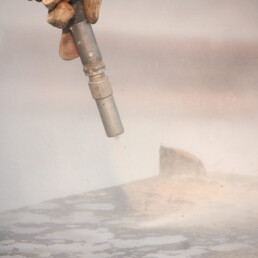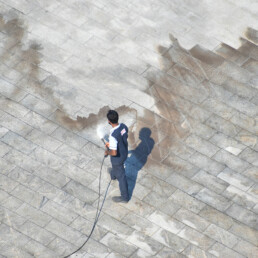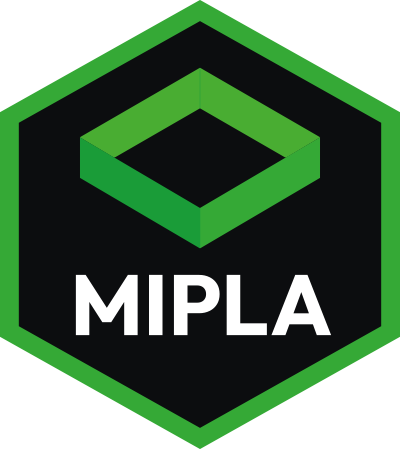
Laser technology:
Laser cleaning works with pure light energy. The focused laser beam removes the layer of dirt by shooting the light beam at the surface to be treated. The action of the laser beam briefly releases a high level of energy, which causes the unstable top layer or oxides to evaporate and be removed in fractions of a second. This process is repeated until the base material reflects – environmentally friendly and harmless to health.
- Use without chemicals
- Secondary waste-free & without consumables
- Environmentally friendly cleaning method
- Low noise & gentle on materials
- Low energy consumption
- Contactless & deep pore cleansing
- Easy to automate
- High availability
Particles/ sandblasting:
In sand or particle blasting, a medium is shot onto the surface. This mechanically removes surface layers and soiling. Different blasting materials can cause more or less aggressive removal and damage to the base material. Surface roughening can be an advantage or disadvantage depending on the base material.
- High energy consumption costs
- No selective application possible
- High wear on blasting devices and nozzles
- High noise and dust pollution
- High level of preparatory work due to blasting chamber or covering of the workplace
- Enormous secondary waste
- High noise emission


Dry ice blasting:
FrozenCO2 in the form of pellets is used for dry ice blasting. When the base material andCO2 are brought together, thermal stress and kinetic energy are released, which in turn causes the top layer to flake off.
Disposal is relatively simple.
- Dry ice must be stored insulated and cooled
- Production costs of the blasting material
- High noise emission
- High energy consumption
- Blasting material only durable to a limited extent
Solvent cleaning:
Solvent cleaning describes any cleaning process in which chemical cleaning agents are used. When solvents are used to dissolve the topcoat, rinsing or tools are often required to dissolve the topcoat. The actual cost of solvents is often underestimated as this process can be carried out several times.
- Storage as hazardous goods
- Solvents are hazardous substances
- Environmentally harmful secondary waste
- No selective cleaning possible
- Harmful process
- Reworking with tools necessary

